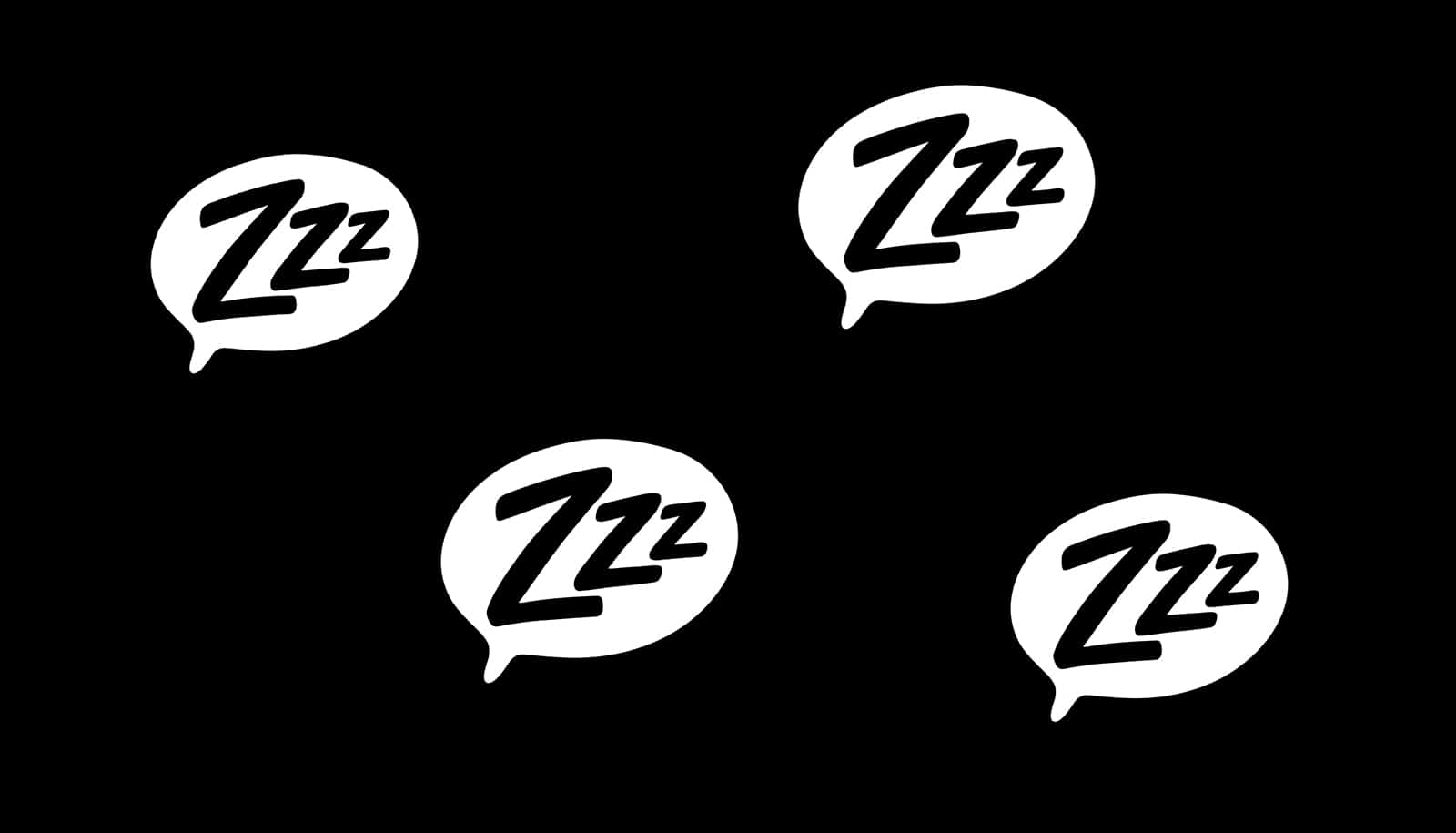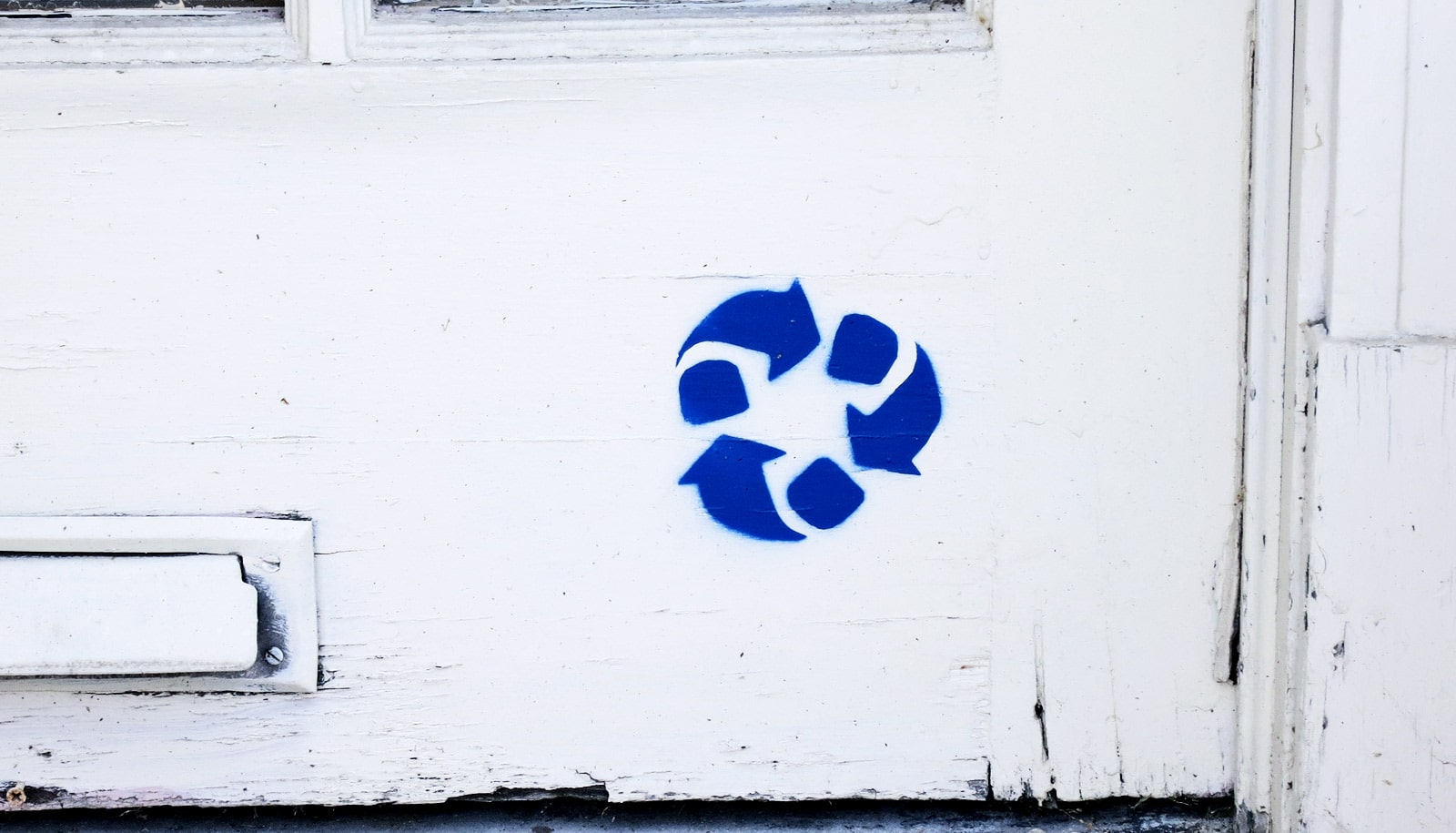New information about cellular sleep could lead to interventions in the aging process.
As we age, more and more of our cells enter a coma-like state, called senescence, and can no longer divide. Accumulation of senescent cells impairs normal tissue function, which further promotes aging. By contrast, many other cells in our body exist in a sleep-like state, called quiescence. These cells can wake up to divide in response to a trigger, like a wound, for example. Reversible quiescence is critical to tissue repair and stability.
Researchers found that, contrary to traditional understanding, as cells fall into deep sleep, they risk slipping into complete shutdown.
“Before, people thought cells slept to protect themselves from going into a coma-like state, thinking these two things are opposite,” says study coauthor Guang Yao, associate professor in the molecular and cellular biology department at the University of Arizona, who leads the lab that produced the research. “But we have demonstrated that sleep has different levels, and if it goes too deep, it will eventually go into a coma-like state of shutdown.”
Researchers also discovered that patterns of gene expression can signal just how deeply a cell is sleeping. Learning to manipulate the depth of cellular sleep could lead to aging interventions.
“If you understand the mechanics of aging, you might be able to reverse or slow it,” says Kotaro Fujimaki, doctoral student and first author of the paper in the Proceedings of the National Academy of Sciences.
Deeper cellular sleep
The researchers gradually pushed cells into increasingly deep sleep using pharmaceuticals. Gene expression patterns revealed that as cell sleep deepened, its ability to break down and recycle cellular material, called the lysosomal-autophagy function, also fell. Consequently, cells underwent harmful chemical instability and stress, which can eventually cause a coma-like state.
Alternatively, when the researchers cranked up this cellular recycling function, they observed reduced cellular stress. The cells also progressively moved into a shallower sleep, making them easier to reawaken and divide.
“By changing this recycler function, we can modulate the depth of cellular sleep,” Fujimaki says.
By analyzing how gene expression patterns changed as cells go into deeper sleep, the team created a predictive model able to assign cells sleep depth scores between 1 to 10, which can be applied to various cell types. Using this model, the team also identified cells in the coma-like state and undergoing aging. This suggests that cells in deep sleep share similar gene expression features as those in shutdown and aging.
In search of the ‘dimmer switch’
Like a dimmer switch, cellular sleep ultimately exists on a spectrum of cellular function between on-state (division) and off-state (shutdown), a new paradigm proposed by the research team.
“The dimmer controls how difficult it is to wake the cell back up for tissue repair and regeneration,” Yao says.
The researchers believe revealing the dimmer switch that connects deep cellular sleep to the coma-like shutdown lays a foundation for developing novel strategies—by sliding the dimmer up—to slow aging.
Additional coauthors are from the University of Arizona; Peking University in China; and the University of Pittsburgh.
Support for the work came from the National Science Foundation, the National Institutes of Health, and the Chinese National Science and Technology Major Project and the Guangdong Province Key Research and Development Program.
Source: University of Arizona



